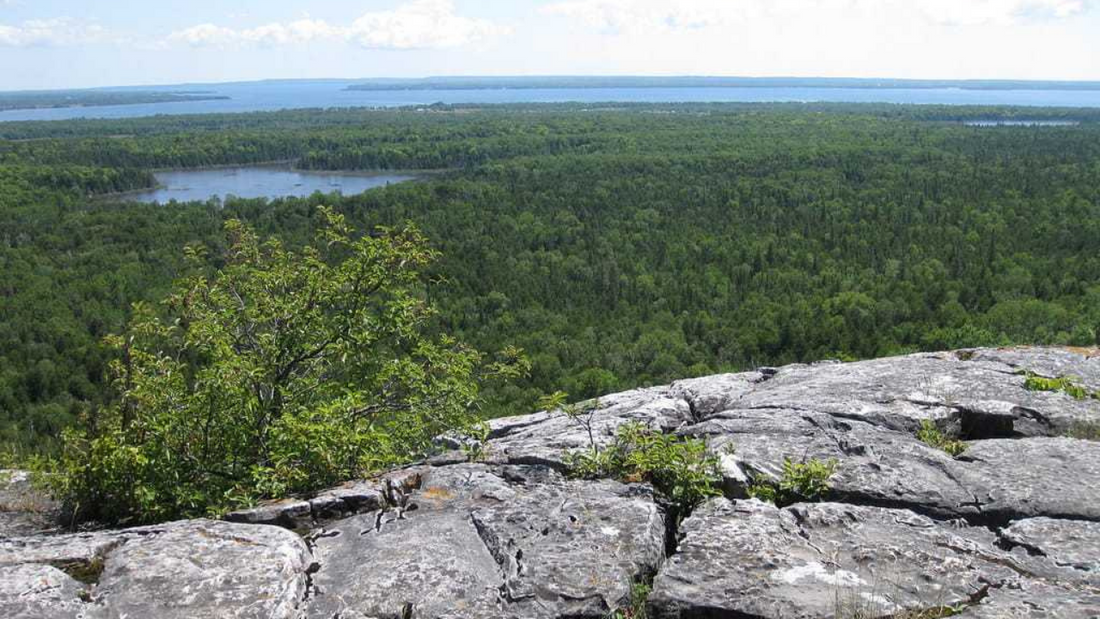Read Time: 2 min | Categories: Eco-Responsibility
Protecting the Niagara Escarpment
Webber Naturals
Share this article
Recently, we announced that we have become a carbon-neutral company. We want to take the time to share what this means to us.
As a truly Canadian company, we have always been committed to caring for the planet.
In 2020, we started working with Carbonzero to offset our total greenhouse gas (GHG) emissions footprint. One project we chose to support is the Niagara Escarpment Forest Carbon Project (NEFCP).
What is the Niagara Escarpment Forest Carbon Project (NEFCP)?
The Niagara Escarpment stretches from New York through Ontario and ends in Illinois. You are probably most familiar with the Niagara Escarpment as the cliff where the Niagara River plunges at Niagara Falls.

In Ontario, it spans the Niagara Peninsula into St. Catharines and Hamilton, and then north toward Georgian Bay, where it forms the Bruce Peninsula and Manitoulin Island. It is known for having the oldest forest ecosystem and trees in eastern North America.
The NEFCP aims to maintain the ecosystem function of Ontario’s Niagara escarpment, particularly in areas that face activity such as logging and mineral extraction. It also aims to enhance the wildlife and biodiversity in these areas as well as protect several species, including the great grey owl, the painted turtle, and the pileated woodpecker.

Through the NEFCP, forests that haven’t been logged are being protected so they can continue to grow. This also ensures that these forests can continue to help capture carbon.
Leading the NEFCP is the Escarpment Biosphere Conservancy (EBC), which is the second largest land conservation agency in Canada. They are a registered charity that aims to preserve, enhance, and restore areas of native species or natural habitat by supporting scientific research and educating the public about conservation.
This includes encouraging low-impact, sustainable recreation in the Niagara Escarpment region and creating recognized nature reserves to legally protect these areas from further development.
Today, more than 14,480 acres of forest and wetlands are being protected as reserves.
From 2002 to 2020, the project has mitigated 66,158 tCO2e, which is the equivalent of taking 14,388 cars off the road for a year!
We are proud to have contributed to the NEFCP. To learn more about our carbon-neutrality efforts and other special projects, don’t forget to sign up for our newsletter or check out other blog posts tagged with “eco-responsibility."
